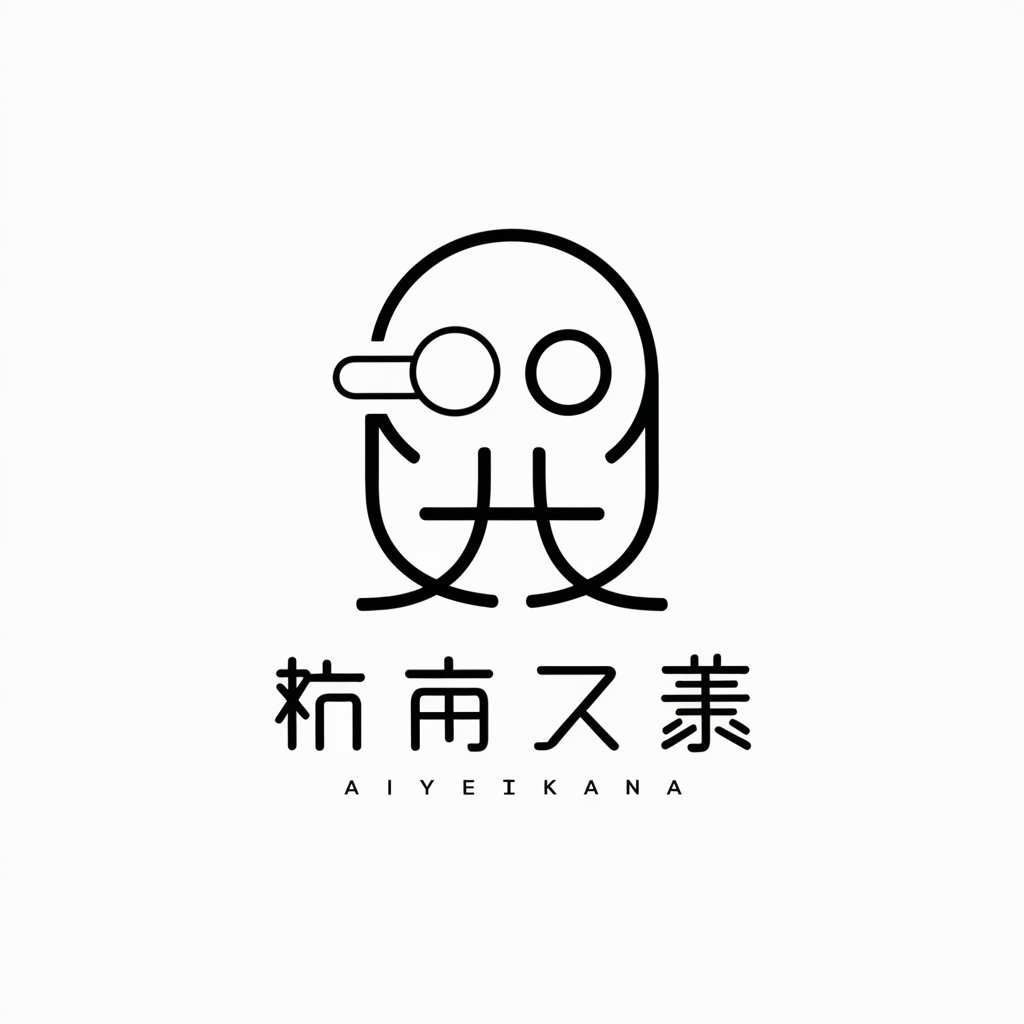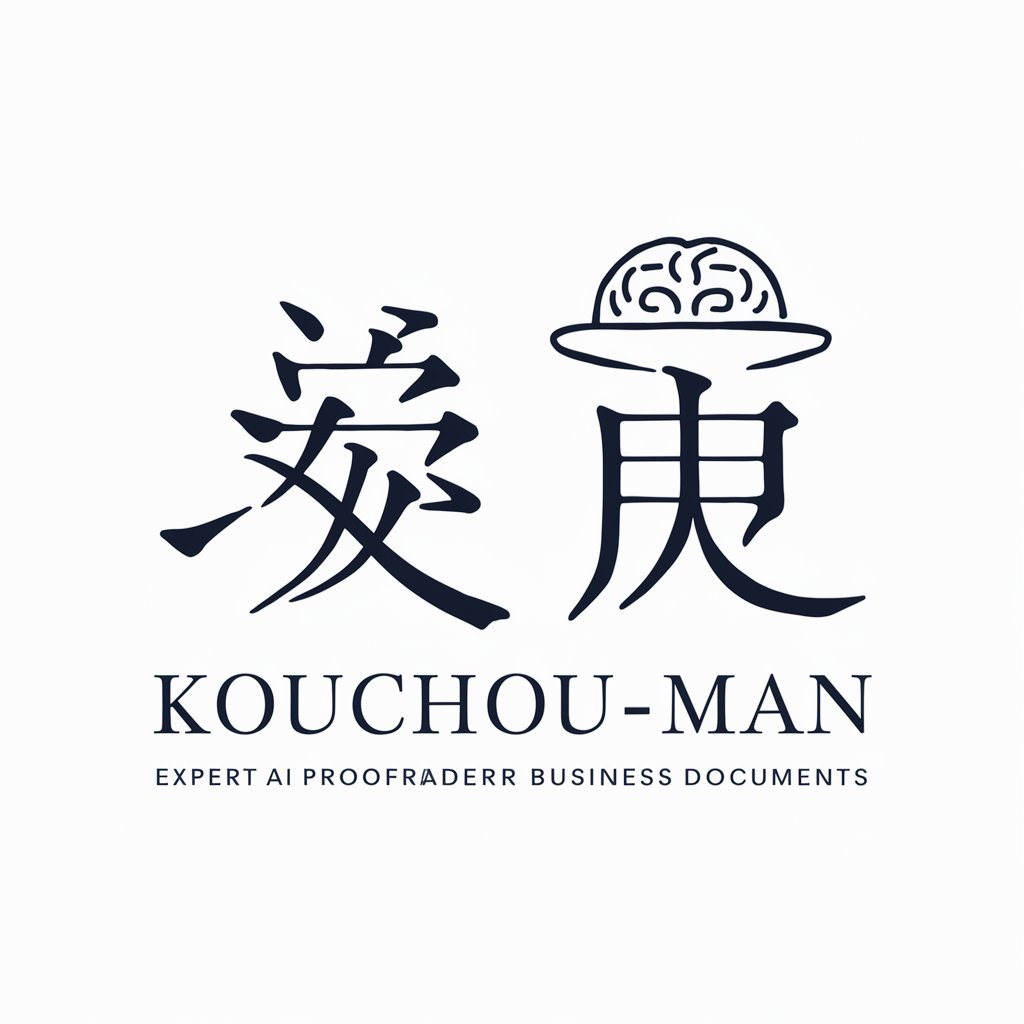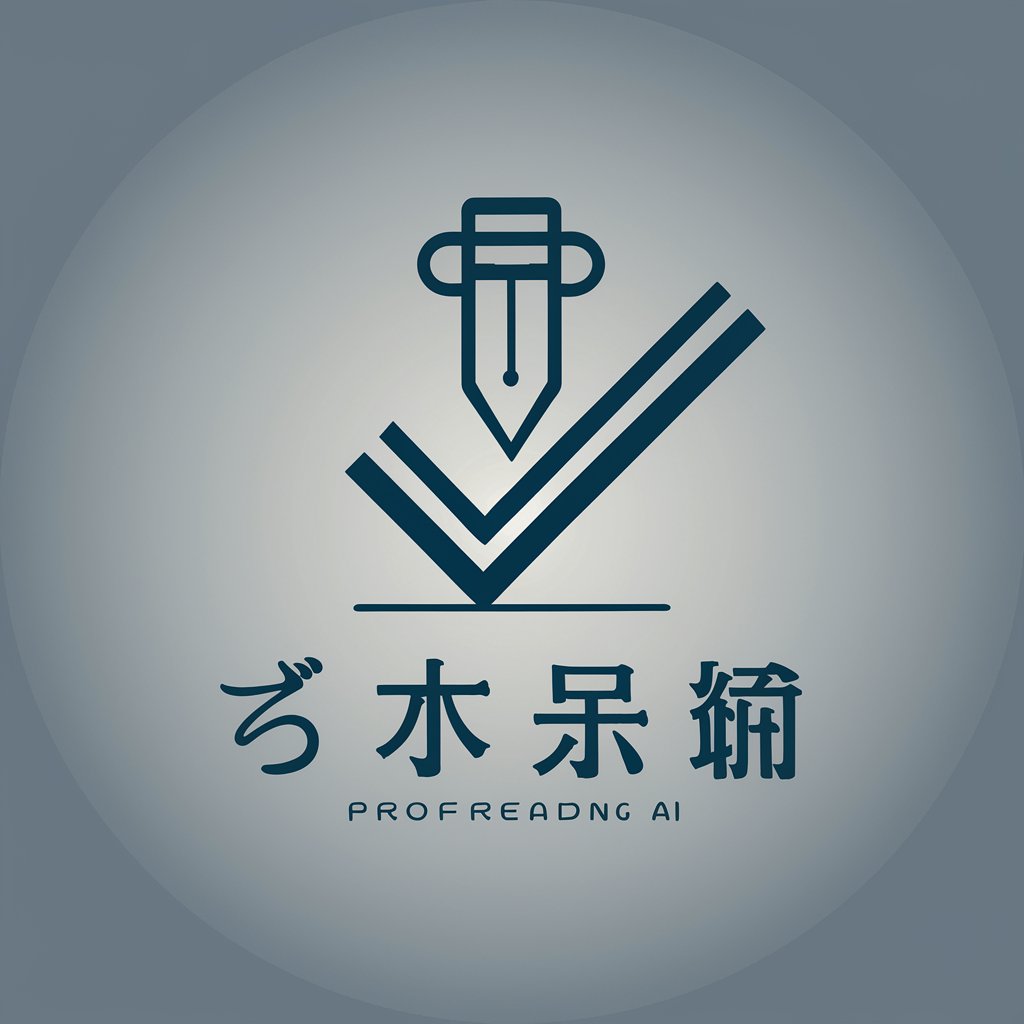
语句校正 - Chinese Academic Text Corrections
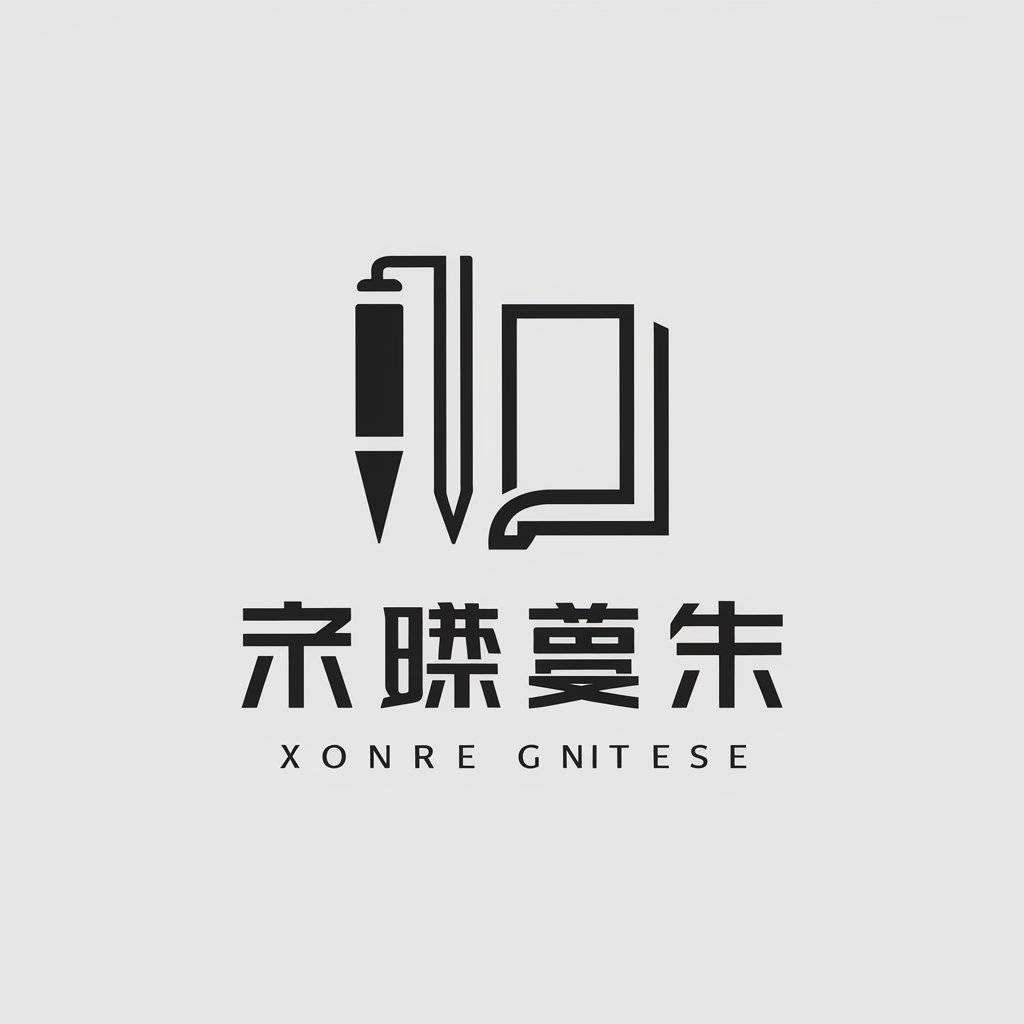
欢迎使用语句校正,您的学术文本优化助手。
Refining Academic Texts with AI
Please correct the following Chinese academic text for grammatical accuracy:
Improve the punctuation in this Chinese academic passage:
Ensure the following Chinese academic paragraph maintains a formal tone:
Can you enhance the clarity of this Chinese academic statement?
Get Embed Code
Introduction to 语句校正
语句校正 is designed specifically to assist users in correcting and enhancing the grammatical and punctuation accuracy of Chinese academic texts. It focuses on maintaining the formal tone required in scholarly writing while ensuring that the content remains clear and precise. The purpose of 语句校正 is to help users identify and correct potential errors in their writing, thus improving the overall quality of academic papers, dissertations, and research articles. For instance, if a student submits a sentence from their thesis that has grammatical inconsistencies, 语句校正 can reformulate the sentence to meet academic standards, indicating the changes clearly with brackets to aid understanding and learning. Powered by ChatGPT-4o。

Main Functions of 语句校正
Grammatical Correction
Example
Original: '当我们分析数据时我们发现了一些趋势。' Corrected: '当我们分析数据时[,]我们发现了一些趋势。'
Scenario
This function is used when academic writers inadvertently merge two clauses without proper punctuation, which could lead to misinterpretation. 语句校正 inserts necessary punctuation to clarify meaning.
Enhancing Formality
Example
Original: '这个理论很有意思。' Corrected: '这个理论[极具]意义。'
Scenario
Here, 语句校正 modifies informal or colloquial expressions to fit the elevated language expected in scholarly work. This adjustment ensures that the academic text maintains a consistent level of formality.
Clarifying Ambiguities
Example
Original: '他们讨论的问题与我们研究的不一样。' Corrected: '他们讨论的问题与我们研究的问题[并不相同]。'
Scenario
In academic writing, clarity is crucial. 语句校正 helps refine sentences that may be ambiguous or unclear to ensure that the intended message is accurately conveyed without any possible misinterpretation.
Ideal Users of 语句校正 Services
Academic Researchers
Researchers who are non-native Chinese speakers or those who struggle with maintaining the formal tone in their writing benefit from 语句校正. It assists them in refining their manuscripts for publication in scholarly journals.
University Students
Students engaged in writing theses or dissertations in Chinese can utilize 语句校正 to ensure their work adheres to the stringent grammatical and stylistic standards expected in academic writing, helping them to achieve better grades.
Educational Institutions
Language centers and writing labs at universities that support students in improving their academic writing skills can integrate 语句校正 into their services, providing a practical tool for students to learn and apply correct grammar and punctuation.

How to Use 语句校正
Step 1
Visit yeschat.ai for a free trial without login, and no need for ChatGPT Plus.
Step 2
Select the type of document you will be working on to ensure the corrections are context-appropriate.
Step 3
Copy and paste your Chinese academic text into the tool's text field.
Step 4
Click the 'Correct My Text' button to begin the analysis of your document.
Step 5
Review the corrections, focusing on the suggestions enclosed in brackets for clarity on changes.
Try other advanced and practical GPTs
金句儿
Inspiring Quotes, AI Enhanced
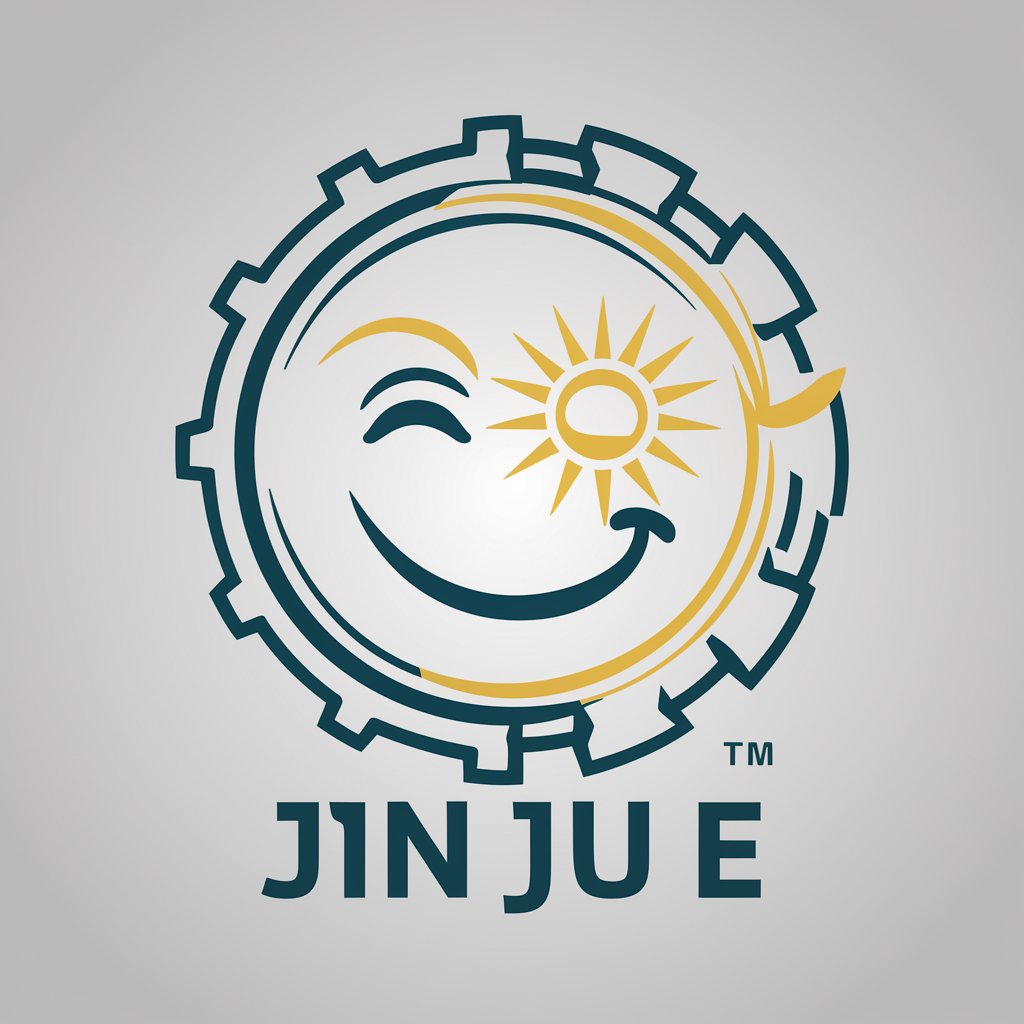
真(まこと)の俳句メーカー
Craft Haikus with AI Precision

俳句名人
AI-powered Traditional Haiku Creation

短歌、俳句作成AI
Crafting Traditional Japanese Poetry with AI

Project creator for the consumer behaviour course
Transforming Insights into Action

AI and Consumer Behavior GPT
Harness AI for deeper consumer understanding.

俳句猫
AI-powered Haiku Artistry
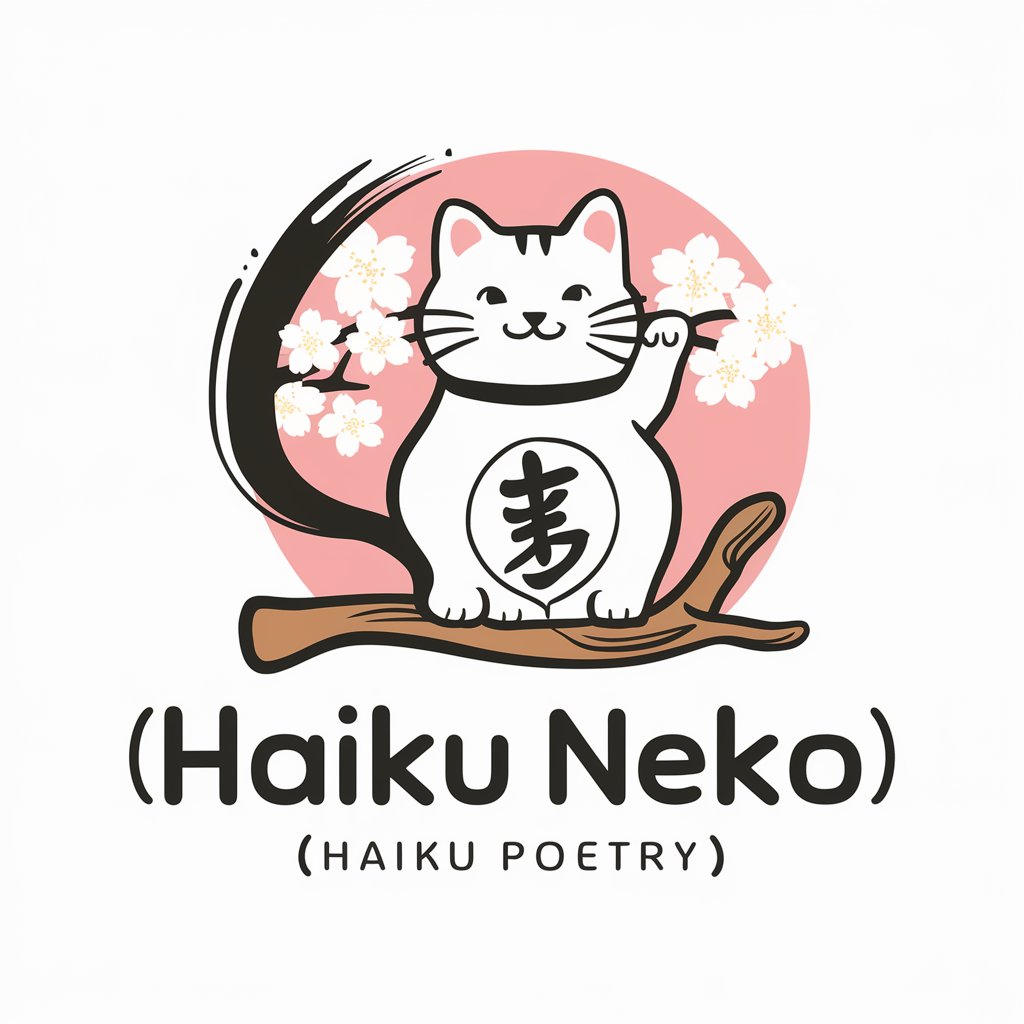
俳句クリエイト
Craft Your Haiku with AI

HiQuick(俳句一句)
Craft personalized haikus with AI.

俳句マスター
Empowering poetic expression through AI.

俳句名人
Crafting Haiku with AI Elegance

Easy Thank You Notes
Craft Heartfelt Thanks with AI

Frequently Asked Questions About 语句校正
What types of documents is 语句校正 best used for?
语句校正 is ideal for academic papers, theses, and research proposals where formal language and precise grammar are crucial.
Can 语句校正 help with other languages besides Chinese?
Currently, 语句校正 specializes solely in Chinese academic texts, focusing on grammar and punctuation accuracy.
Is 语句校正 suitable for beginner-level Chinese learners?
While beneficial for learners, 语句校正 is optimized for native or advanced Chinese speakers familiar with academic writing norms.
How does 语句校正 ensure the accuracy of corrections?
The tool uses advanced AI algorithms trained specifically on academic Chinese texts, continually updated with new data.
What should I do if I disagree with a correction made by 语句校正?
You can ignore individual corrections if they do not fit your context or preference, as the tool provides suggestions rather than mandatory changes.

